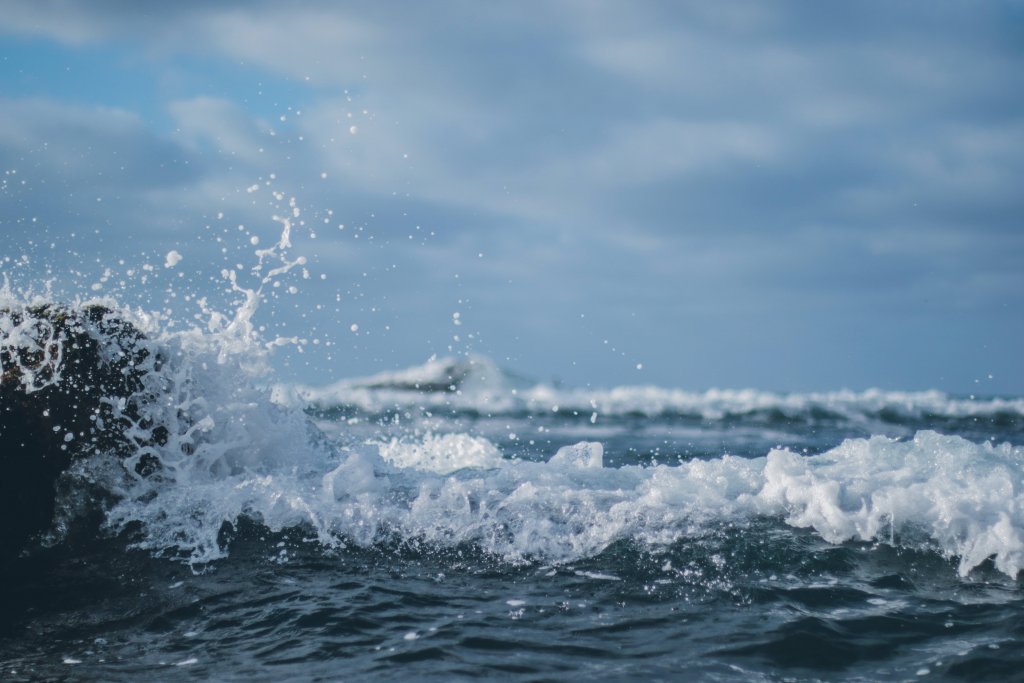En momentos que se han presentado catástrofes mediáticas como la inundación de Venecia a causa del aumento del nivel el mar, nos preguntamos cómo se puede predecir una catástrofe semejante. Una solución es el monitoreo continuo de la Tierra y precisamente un sistema se dedicara especialmente al nivel del mar (a partir del 2020), se trata pues del Sentinel-6 heredero de la serie Jason de satélites topográficos oceánicos.
Mission Summary
The Jason Continuity of Service (Jason-CS) mission on the Sentinel-6 spacecraft is an international partnership between the U.S. and Europe. Jason-CS/Sentinel-6 includes two identical satellites scheduled to launch in 2020 (satellite A) and 2025 (satellite B). These satellites will carry the record of sea level change – used by agencies, oceanographers, climate scientists, and many more – into its fourth decade.
Jason-CS/Sentinel-6 will be a “game changer” because it will ensure continuity of sea level observations for at least a decade. Like their predecessors, these satellites will provide ongoing measurements of global sea level rise – one of the most important impacts of human-caused climate change. The data will also support operational oceanography, improving forecasts of ocean currents as well as wind and wave conditions. In addition, it will help to improve forecasts of weather conditions likely to prevail two to four weeks ahead (e.g., hurricane intensity forecasting) and in the next season (e.g., El Niño, La Niña). Jason-CS/Sentinel-6 will also aid weather prediction through a new experiment: Global Navigation Satellite System Radio Occultation (GNSS-RO). Watching GNSS satellites as they disappear over the horizon will provide detailed information about the layers in the atmosphere. This information will contribute to computer models that predict the weather and enhance forecasting capabilities.
Since 1992, high-precision satellite altimeters have been essential to help scientists understand how the ocean stores and redistributes heat, water, and carbon in the climate system. The Jason-CS/Sentinel-6 satellites will extend this legacy through at least 2030, providing a nearly 40-year record of sea level rise, along with changes in ocean currents and conditions.
INSTRUMENTS
The satellites will carry several instruments (JPG, 100 KB) to support science goals. A Radar Altimeter will bounce signals off the ocean surface. Sea surface height will be determined based on the time it takes each pulse to travel from the satellite to the ocean and back again. An Advanced Microwave Radiometer will retrieve the amount of water vapor between the satellite and ocean, which affects the travel speed of radar pulses. Radio Occultation Antennas will measure the delay of radio signals between Jason-CS and global navigation satellites as they slice through different layers of the atmosphere. Other onboard instruments will be used to precisely determine the satellite’s position (DORIS, Laser Retroreflector Array), downlink data (S-band and X-band antennas), and supply power (Solar Array).
PARNTERS AND RESPONSIBILITIES:
- NASA
- Advanced Microwave Radiometer (AMR-C) and its data processor;
- GNSS-RO instruments and associated data products;
- Laser Retroreflector Array (LRA);
- Spacecraft integration and test activity support;
- Launch services; and
- Launch and Early Orbit Phase (LEOP), satellite commissioning, and routine operations support.
- European Space Agency (ESA)
- Sentinel-6 A and B satellites;
- Radar Altimeter;
- GNSS-Precise Orbit Determination (POD) and DORIS receivers;
- Altimeter ground data processor;
- Command and control of spacecraft though LEOP phases; and
- Satellite in-orbit verification, commissioning, and routine operations support.
- Centre national d’études spatiales (CNES)
- Precise orbit determination using GNSS-POD, DORIS and 60 associated ground stations; and
- Assessment of mission performance.
- European Organisation for the Exploitation of Meteorological Satellites (EUMETSAT)
- Overall system design activities coordination;
- Ground segment development, implementation, and validation;
- Command and control of operating satellites after LEOP phases;
- Operational altimetry data processor;
- Near-real-time and offline data processing; and
- Dissemination of altimetry and other data products.
- National Oceanic and Atmospheric Administration (NOAA)
- U.S. ground stations for telemetry data downlink and spacecraft commanding; and
- Dissemination of near-real-time data products.
NASA, ESA, and EUMETSAT will provide mission management and system engineering support. NASA and EUMETSAT will be responsible for long-term archives of altimetry data products. All partners will be involved with the selection of science investigators.
Fuente: https://sealevel.jpl.nasa.gov


